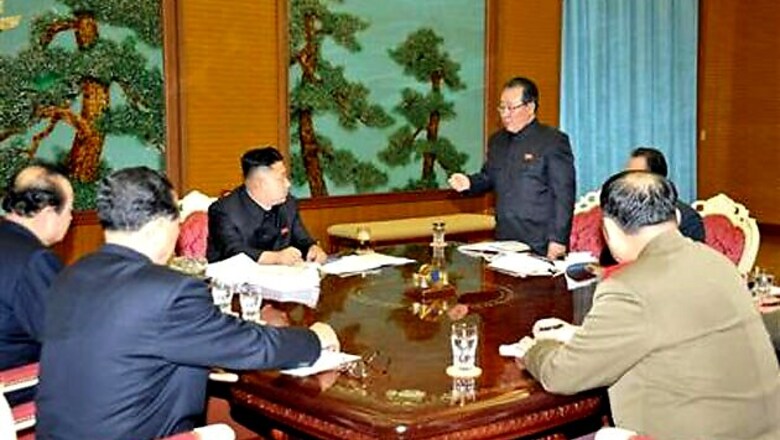
views
Seoul: North Korea stepped up its bellicose rhetoric on February 1 threatening to go beyond carrying out a promised third nuclear test in response to what it believes are "hostile" sanctions imposed after a December rocket launch. The North frequently employs fiery rhetoric aimed at South Korea and the United States and in 2010 was blamed for sinking a South Korean naval vessel. It also shelled a South Korean island in the same year, killing civilians.
It did not spell out the actions it would take. The North is not capable of staging a military strike on the United States, although South Korea is in range of its artillery and missiles and it can hit Japan with its missiles. "The DPRK (Democratic Peoples Republic of Korea, or North Korea) has drawn a final conclusion that it will have to take a measure stronger than a nuclear test to cope with the hostile forces nuclear war moves that have become ever more undisguised," the North's KCNA state news agency said.
The United States and South Korea are staging military drills that North Korea says are a rehearsal for an invasion, something both Washington and Seoul deny. The North successfully launched a long-range rocket in December in violation of UN resolutions that banned it from developing missile or nuclear technology after nuclear tests in 2006 and 2009.
The North says that it has the sovereign right to launch rockets for peaceful purposes. Its widely trailed third nuclear test was announced in response to the sanctions agreed in January, although satellite imagery indicates that the isolated and impoverished state has been readying its nuclear test site for more than a year.
While most experts believe the North will stage a test, the timing is not known. It could come around February 16, the anniversary of former leader Kim Jong-il's birth. Another unknown is what the North will use as fissile material. In the past it has used its diminishing supply of plutonium stocks, but is believed to have enriched weapons grade uranium that would give it a second path to a nuclear bomb.
US nuclear expert Siegfried Hecker, who visited a North Korean nuclear facility in 2010 believes the North could stage two explosions, one using plutonium to as to perfect its capacity to design a warhead small enough to be mounted on a missile, and a second using highly enriched uranium.
"Such (dual) tests have some technical limitations and are more challenging to conduct, but they have the huge advantage of not incurring additional political cost - in other words, they can get two for the price of one," Hecker wrote in the February 4 issue of Foreign Policy magazine.
Pyongyang's two tests so far have been puny. The yield of the 2006 test is estimated at somewhat less than 1 kiloton (1,000 tons of TNT equivalent) and the second some 2-7 kilotons, compared with say 20 kilotons for a Nagasaki type bomb, Hecker wrote. North Korea has in the past used the leverage gained from its nuclear and rocket tests to try to restart six-party talks aimed at securing international recognition and aid for the country whose only major diplomatic backer is China.
There are few signs that the United States is willing to talk after the North rebuffed a food aid deal in March 2012 when it launched a long-range rocket after promising not to. The planned third nuclear test and "stronger" measures come as South Korea prepares to swear in new President Park Geun-hye on February 25. Park had pledged talks and aid if the North gives up its nuclear ambitions.













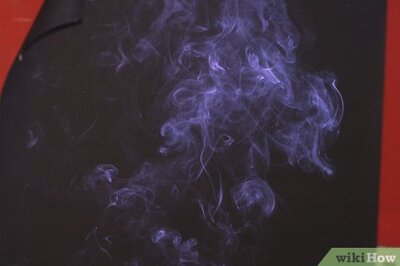


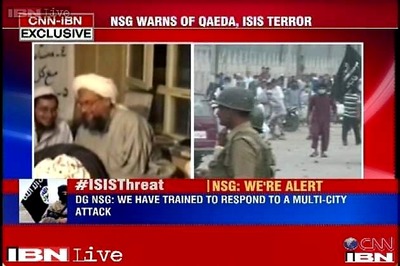
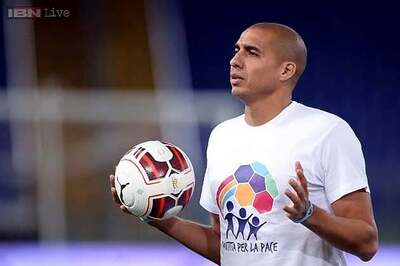

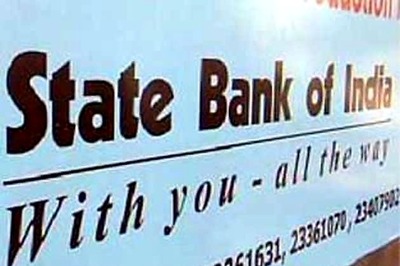
Comments
0 comment